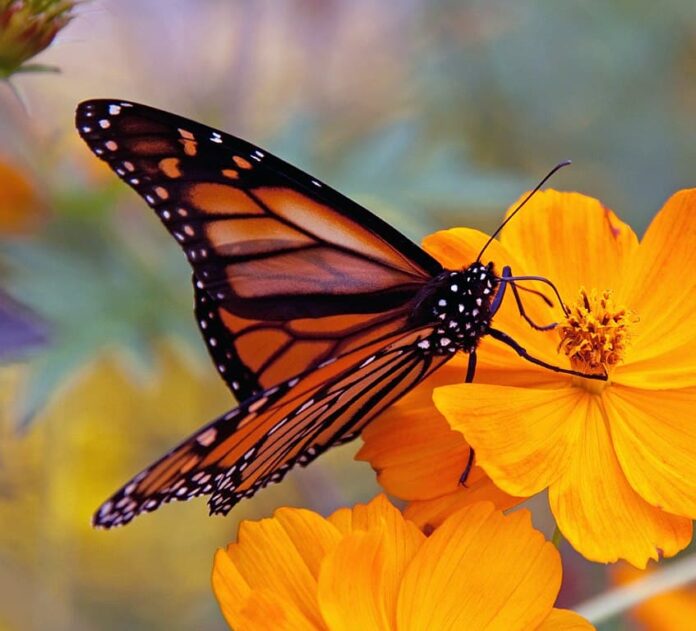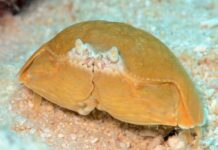When it comes to poison, nobody wants to get into contact with them. Yet, there are still animals that eat poisonous plants out there running around freely without a problem. There are different reasons that they do so, but the main thing is to survive. Some of these animals consume toxic plants so that they become poisonous and no one would want to eat them. Meanwhile, other daredevils just eat those poisonous plants because they can since they don’t die of those plants. There will be 10 of the animals that eat poisoning plants in our list below, find the one you like most.
1African Variegated Grasshopper
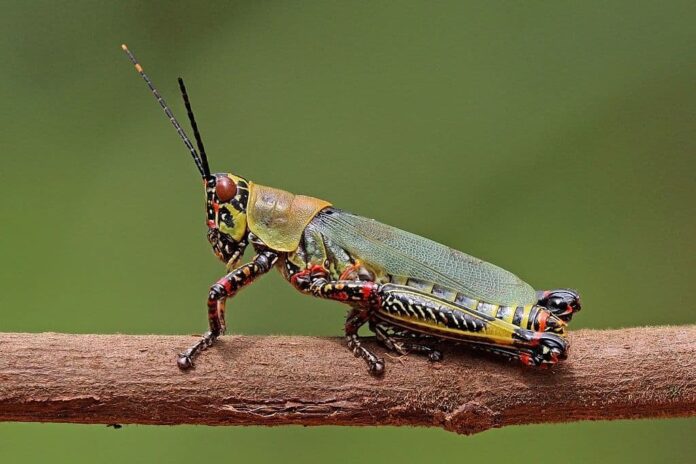
Plants: Ragwort
You can find them throughout Africa and Asia, and these grasshoppers feed on toxic plants in order to protect themselves. They consume wildflowers called ragwort so that they become poisonous and no predators would eat them. These grasshoppers have developed a specific enzyme that allows them to store plant toxins for self-defense. When consumed, they ingest alkaloids while their enzyme keeps them safe. No doubt why these grasshoppers have caused a lot of crop damage in many parts of Africa.
2Cedar Waxwings
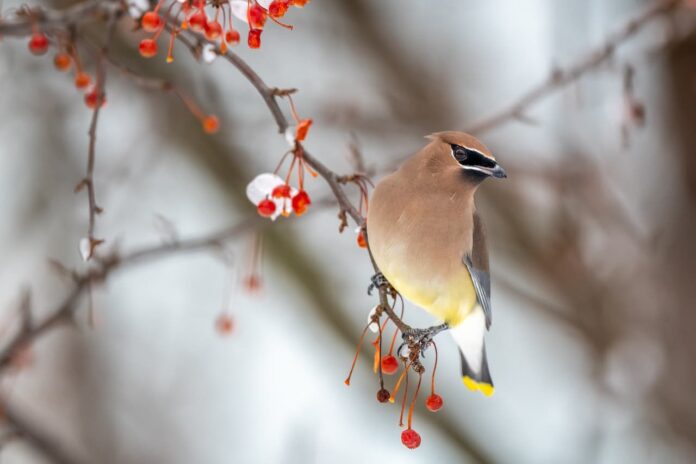
Plans: Holly Berries
Cedar Waxwing is a medium-sized and sleek bird with a large head, short neck, and short wide bill. Holly berries are fatal to a human child if consumed a lot, but Cedar Waxwings eat them greedily without a single problem. These birds eat berries as well as sugary fruit all year round, while insects are their main diet in the breeding season. Sometimes they eat fruit that is overripe and has begun to ferment which intoxicates them.
3Cinnabar Moth
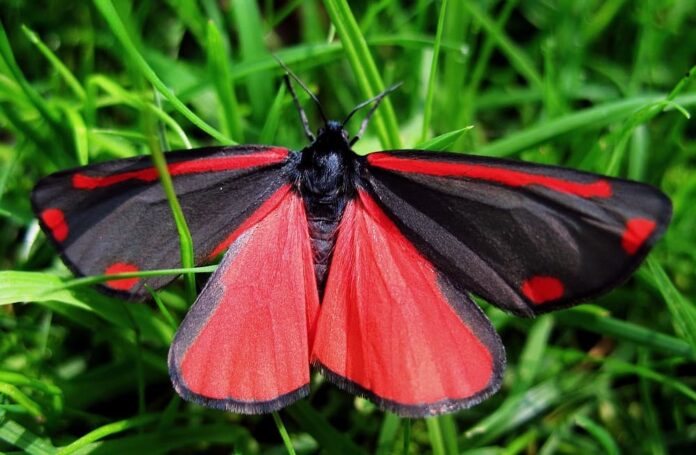
Plants: Noxious Ragwort
Cinnabar Moth has an enzyme that converts the alkaloids into their non-toxic state for safe storage in their bodies. That makes them appear to be disgusting to most predators while causing mild to moderate reactions to humans. Cinnabar Moths have the sting that can cause asthma attacks, hemorrhaging, and potentially fatal kidney failure which is somehow not so nice. But that is not all, the sting can also attack the cartilage in the bones which cause extreme joint inflammation as well. Plus, they are aposematic which means their bright orange coloration is a warning that they are unsafe to eat. You eat them, you die.
4Deer
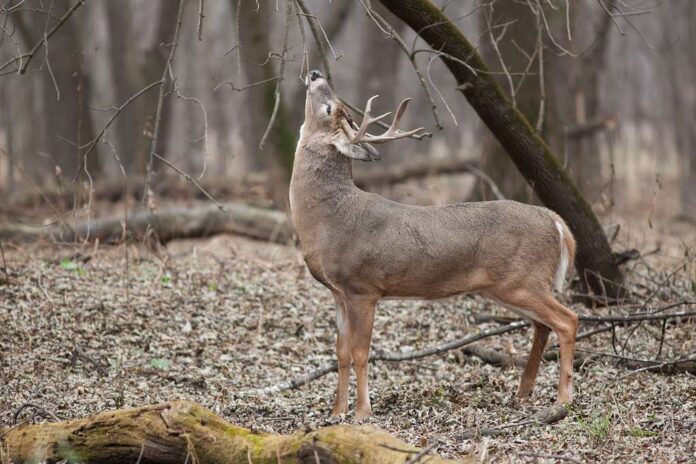
Plants: Skunk Cabbage & False Hellebore
Skunk cabbage contains calcium oxalate crystals which render the plant to be inedible to people. The cabbage is very popular among deer as it is rich in protein and nutritious despite the fact that is it poisonous. That goes the same with false hellebore, the extremely toxic plants among livestock. Deer can tolerate the acidic crystals, perhaps because of their tough mouths since they also eat devil’s club leaves as well. Actually, it is because of the symbolic bacteria in their rumen-reticulum that helps them break down and digest the vegetation they eat. Plus with microbial adaptations in the gut, the animal’s system can adapt to the toxin easily.
5Monarch Butterfly
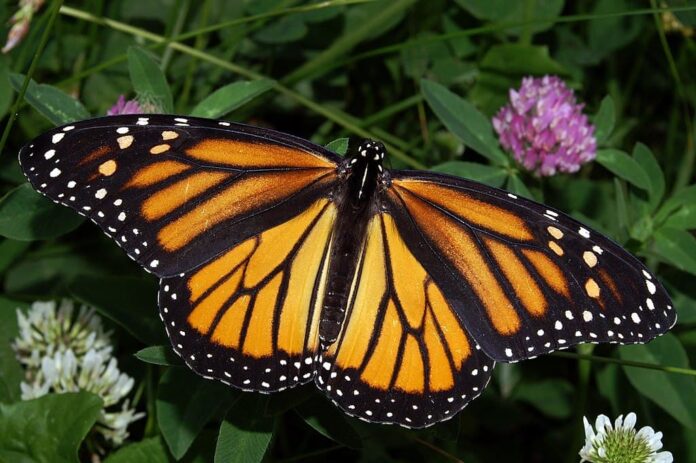
Plants: Toxic Milkweed
Some say that Monarch Butterfly is the king of butterflies for the fact that they are so beautiful. Another reputation of these butterflies is they are exclusively eating toxic milkweed in order to concentrate the toxin in their own body. That makes them bitter and poisonous to other animals when they become adults. This butterfly is also foul tasting, and of course, they are not the delicious type of meal to eat. The toxin is in different parts of their body even in their wings, so no matter what part the predators choose, they will always die.
Related Post: Poisonous Plants Around The World

